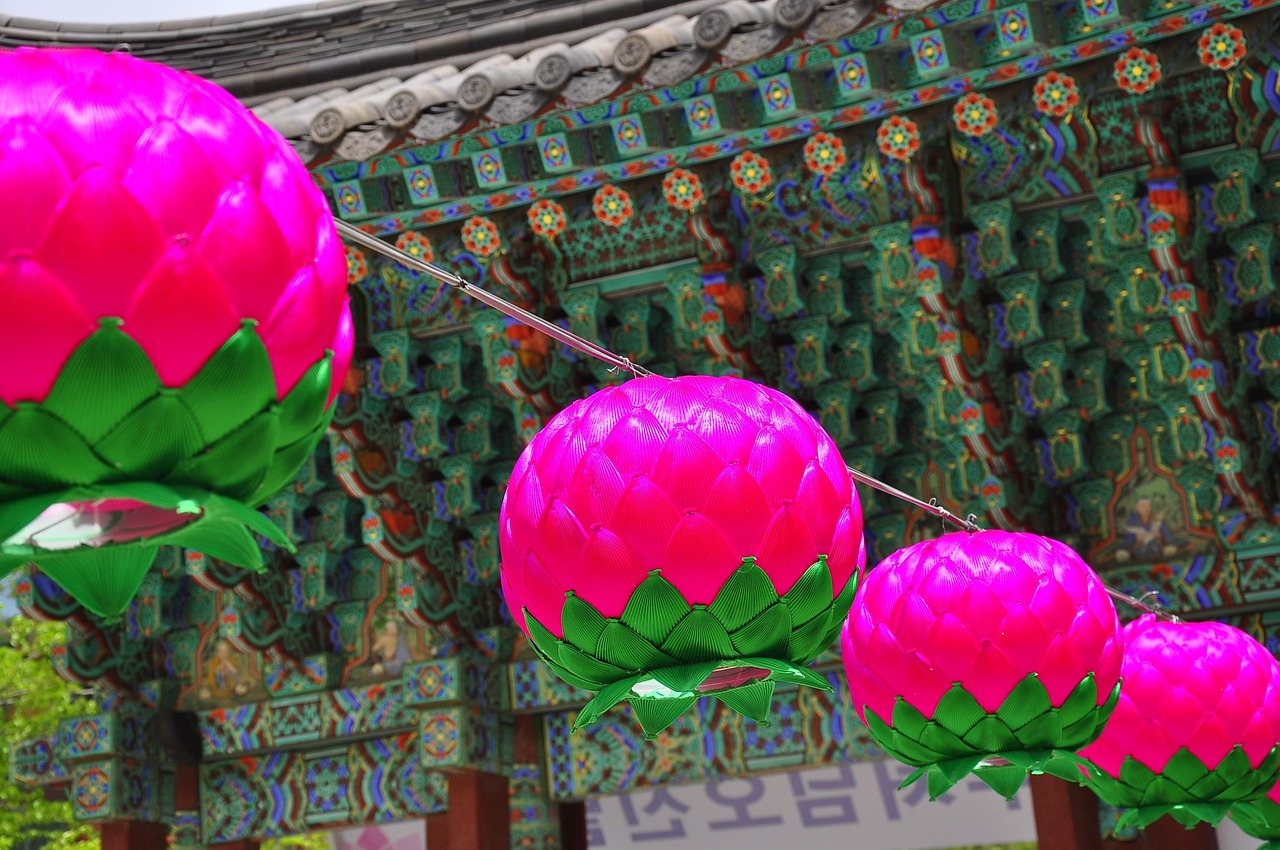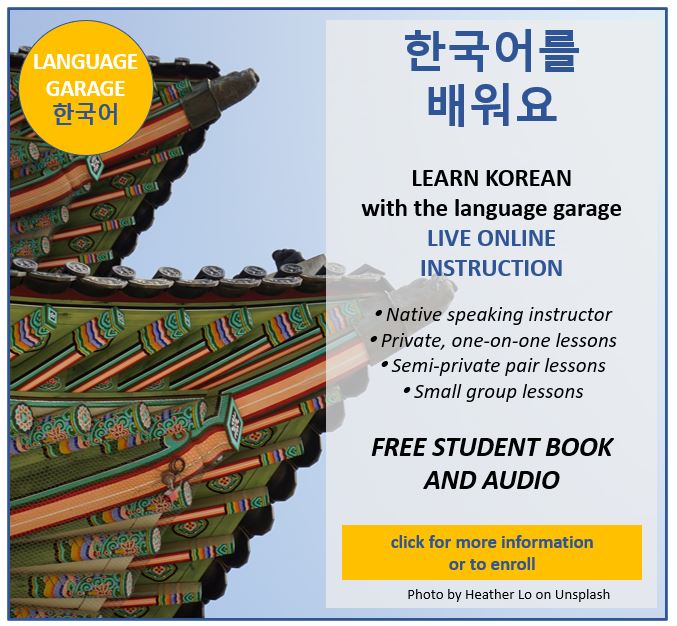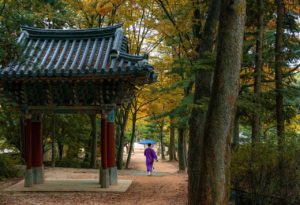Celebrating the Buddha’s Birthday in Korea: A Festival of Light and Compassion
One of the most beautiful and spiritually significant holidays in Korea is 석가탄신일 seokgatanshinil, the Buddha’s Birthday. The festival is also known as 부처님 오신 날 Bucheonim oshin nal, (the day the Buddha came). It marks the birth of Siddhartha Gautama, who came to be known as the Buddha after his enlightenment. The Buddha’s birthday falls on the 8th day of the fourth month of the lunar calendar, so its date is not fixed on the Gregorian calendar. It typically falls in May, for example May 6th in, 2025, May 24th in 2026, May 13th in 2027, and so on.
Origins and History of the Buddha’s Birthday Holiday in Korea
Buddhism was introduced to Korea in the 4th century during the Three Kingdoms Period. It quickly became a cornerstone of Korean culture and spirituality. The celebration of Buddha’s Birthday is believed to have begun not long after Buddhism’s introduction. It evolved through the centuries into a vibrant and widely cherished holiday. Korea has gone through various religious shifts, including periods of Confucian dominance. But Buddhism and its traditions like Buddha’s Birthday have remained deeply woven into Korean society.
Celebrating the Buddha’s Birthday in Korea with Lotus Lanterns
One of the most iconic symbols of Buddha’s Birthday in Korea is the colorful 연등 yeondeung (lotus lantern). These beautiful lanterns light up temples, streets, and parks across the country. In Buddhism, the lotus flower symbolizes striving toward enlightenment. Its roots are in the darkness and mud at the bottom of a pond, but its blossom reaches toward the sun. So the lotus flower is a prominent symbol in Buddhism in general, and the Buddha’s Birthday in Korea is no exception. In major cities like Seoul, dazzling events like the 연등회 Yeondeunghoe (Lotus Lantern Festival) feature parades with elaborate floats and performances, drawing both locals and international visitors.
Other Customs, Practices, and Foods of the Buddha’s Birthday in Korea
Koreans celebrate the Buddha’s Birthday in different ways, depending on the region and their own connection to Buddhism. People may visit temples to venerate the Buddha by placing candles, incense, or flowers at the altar. Buddhists may also meditate and reflect on Buddhist teachings found in the collection of the dharma.
Buddhists temples often offer free vegetarian meals to visitors. A popular dish served during Buddha’s Birthday is 비빔밥 bibimbap, a wholesome and colorful mixed rice bowl with an array of seasoned vegetables. The dish is often meatless to respect Buddhist non-violent, vegetarian principles. Another ritual that takes place at Buddhist temples is 관불 gwanbul, where water or tea is poured over a statue of the Baby Buddha as a symbolic bathing.
Children and adults alike participate in making their own paper lanterns at special workshops. It’s common to see families carrying handmade lanterns with wishes for happiness, health, and peace written on them. People also enjoy performances of traditional dance, for example 승무 seungmu, a dance performed by Buddhist monks. There is also traditional music, for example 법고 beopgo (“dharma drum”) performed along with 목어 mokgeo, a wooden fish drum, and 운판 unpan, a metal gong.
Greetings exchanged on this day include everything from the festive to the more solemn and spiritual. Friends may greet one another with a cheerful 부처님오신날 축하합니다! Bucheonim-oshinnal chughahamnida! (Happy Buddha’s Birthday). In more religious or spiritual contexts, you may hear 부처님께 귀의합니다 Bucheonimkke gweuihamnida (I take refuge in the Buddha) or 성불하세요 Seongbulhaseyo (May you attain enlightenment).
A Time for Reflection and Joy
While the Buddha’s Birthday in Korea is a public holiday and often a lively affair, it is also a time for quiet reflection. Many Koreans, regardless of religious belief, take the opportunity to think about compassion, kindness, and community — values deeply associated with Buddhist teachings.
Buddha’s Birthday in Korea is thus not just a religious observance, but a celebration of light, hope, and the enduring spirit of generosity. A person may craft a lotus lantern, enjoy temple cuisine, or simply admire the brilliant displays that light up the cities and countryside. No matter what, 석가탄신일 seokgatanshinil is a moving reminder of the timeless messages that continue to inspire generations.
Get on the road to speaking Korean with the Language Garage!
We hope you’ve enjoyed learning about the Buddha’s Birthday in Korea. If you’d like to learn more:
- Follow us on Facebook, LinkedIn, BlueSky, Twitter, Threads, Mastodon, Instagram, or Pinterest. We publish lots of Korean vocabulary, grammar, and culture notes, so it’s a great way to pick up some new vocabulary and practice.
- Check out our other posts on Korean language, culture, and more.
- Enroll in affordable, flexible, and personalized private online Korean lessons or sign up for a small group online Korean class.
- Create a free Language Garage account to access tons of Korean vocabulary, grammar, and culture.






